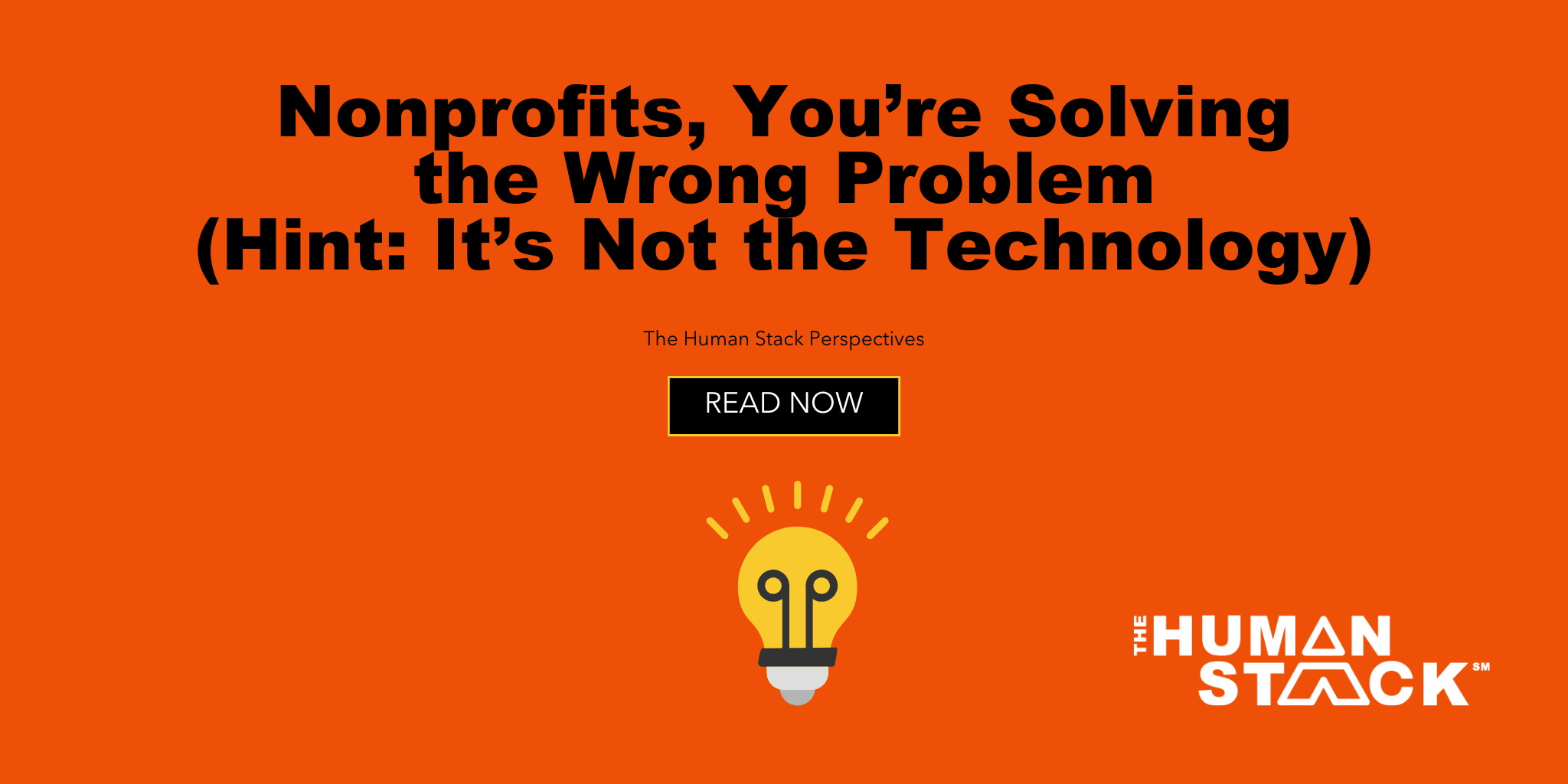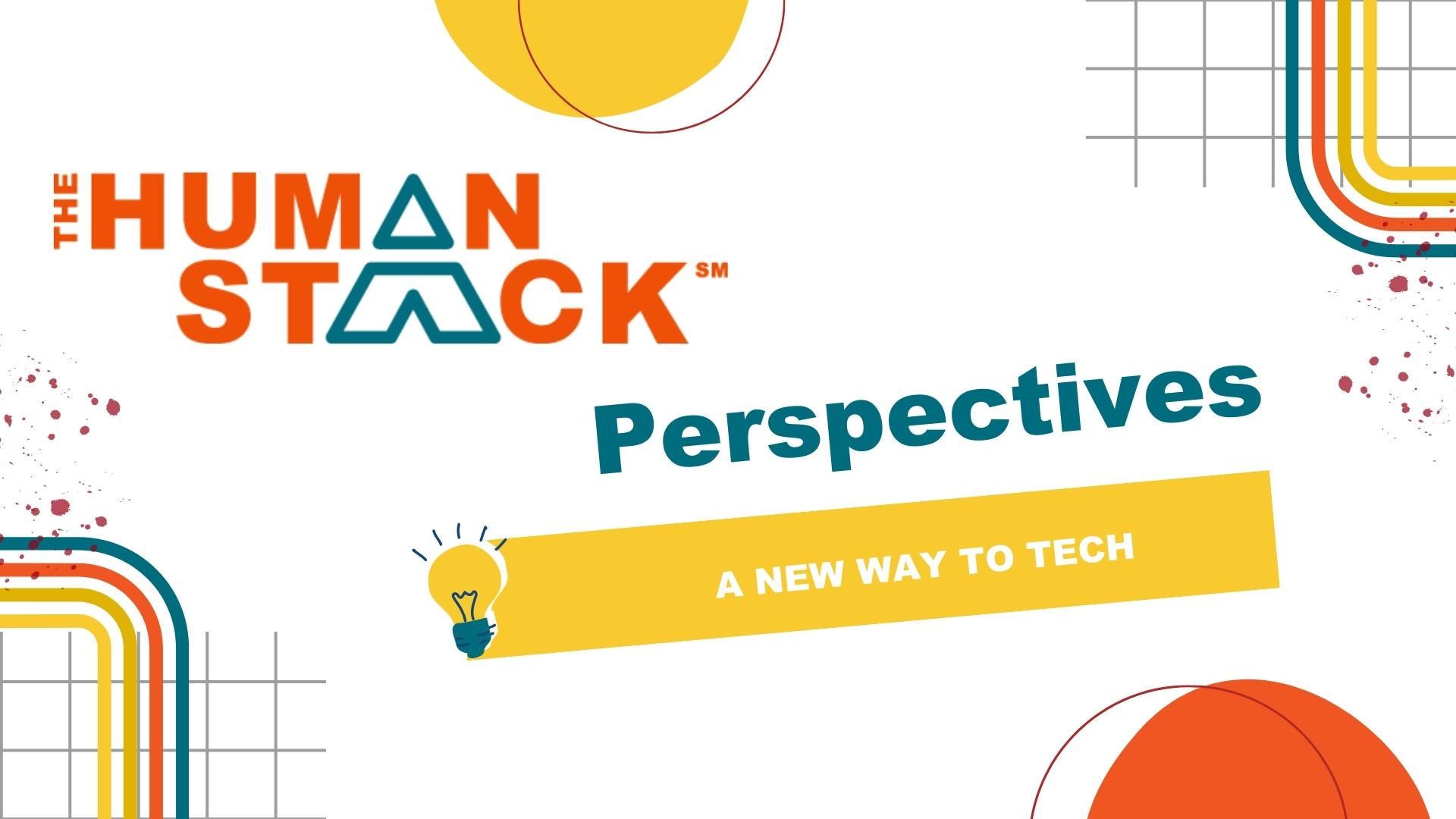Many organizations, Now IT Matters included, have publicly shared statements disavowing racism and racially-motivated violence. You might be wondering, now that we've taken a stand, "What do we do next?" We were too! Here is a list of 10 anti-racist action steps we have taken, or are committed to taking.
1) Resist the temptation of “business as usual.”
This is not a time for “business as usual.” Name this explicitly and share this acknowledgement with your staff.
For example:
We will not downplay the impact of racial injustice on our staff. While there is a temptation to proceed with business-as-usual, and we do need to continue with business, we recognize racial injustice and oppression affects our team members. It is unrealistic, and out of integrity with our company values, to expect our team to perform at their best under such stress. We will be checking-in with each of our staff members to see if you need support during this time.
Having committed to supporting your team:
- Don’t make assumptions or judgments about how, or to what degree, staff will be impacted based on their race - or the race you perceive them to be. Assume you don't know what they are experiencing. (See the blog our Director of Delivery, Rachel Hands, has written here: "The One Safe Assumption is that You Don't Know Everything.")
- Ask each of your team members if they need support. Avoid the "let me know how I can help" trap. Sometimes people who very much need support are unable to tell you how. Instead, come up with suggestions and ask "Would it be helpful if I ... ?"
- Discuss changes that can be made to reduce stress with the team member. You’ll note we said with the team member: Whatever you do, do not decide on their behalf without including them in the decision-making process!
- Together determine if some tasks may need to be redistributed or reprioritized.
To learn more, The Management Center has a wonderful article on “How to Manage When Things Are Not Okay” - certainly worth the read.
2) Evaluate the necessity of hiring practices that bend toward discrimination.
Take the necessary time to evaluate your hiring practices and policies. Here are a few places to start:
- Check those background checks. According to The Sentencing Project, “African Americans are more likely than White Americans to be arrested; once arrested, they are more likely to be convicted; and once convicted, and they are more likely to experience lengthy prison sentences. African-American adults are 5.9 times as likely to be incarcerated than Whites and Hispanics are 3.1 times as likely.” Consider removing the box on your application that asks about felonies and convictions. Do not use background checks early in the process to qualify or disqualify applicants. Do not take adverse action based on background check information that is not "job related and consistent with business necessity."
- Determine if college degrees are required for a position. People of color do not have the same access to higher education and complete higher education at a lower rate than White students. Don’t use a college degree as a barrier for opportunity if there are other ways to demonstrate skill or experience.
- Re-imagine your interview process. Instead of relying on resumes and the standard interview questions, ask behaviorally based questions that address not only past experience on paper, but how someone has behaved in the past and is inclined to behave in the future. There’s a lot you can learn that’s not on a resume.
- Accept personal references. If individuals lack professional or higher education experience they may be lacking professional references. While you should ask for professional references and you will learn a lot from the information you gather from them, consider accepting personal references as well.
3) Encourage staff to take advantage of existing company benefits.
According to a government study, non-White staff are less likely to use maternity leave, paternity leave, or paid sick leave for themselves or to care for a sick family member. Remind staff of available benefits, educate them about what the benefits offer, and encourage them to take advantage of the benefits. This will include time off (sick time, vacation time, paid leave), but also benefits like a flexible work schedule, Employee Assistance Programs, or oft-neglected coverage for preventative care, which non-White individuals are less likely to receive.
4) Evaluate the benefits you provide. If they are lacking, invest in your staff.
Black/indigenous/people of color (BIPOC) individuals are less likely to have insurance coverage and retirement savings than white individuals. If you are not subsidizing insurance coverage for your staff or offering 401k/Roth options - with matching funds from your company - your actions are perpetuating this disparity.
5) Pay for extra time off.
Younger Black workers are at higher risk of health challenges that typically manifest in older age for White workers. These health issues impact workers’ economic position and their ability to care for their family members. Consider offering extra paid time off, specifically during our current global health crisis, which is disproportionately impacting people of color.
- Broaden the definition of “sick” time. BIPOC are more likely to experience risk factors that lead to mental health disorders. Microaggressions are known to cause elevated levels of depression and trauma. Expand your definition of “sick time” to allow employees to take mental health days or use sick time for caring for their family members.
- Offer extra paid time off. Paid time off may be forgivable under the COVID-19 PPP loans. Consider offering additional time off during your PPP forgiveness window. (NOTE: Check the loan agreement for the guidelines. We are not a lender or financial advisor!)
- Time off to vote. Offer paid time off so your employees can vote. BIPOC are more likely to experience barriers to voting or to live in areas where voting access is limited or it takes more time to vote than in predominantly White areas. BIPOC votes matter.
6) Leverage existing forums for conversation or action.
You likely already have staff meetings, Lunch and Learns, “All-Hands Calls,” and other team-building opportunities scheduled. Instead of proceeding with regularly scheduled topics, utilize the time to host anti-racist guest speakers, foster discussion, start an anti-racist book club, or take action as a group. Encourage dialogue about systemic racism and oppression - and anti-racist action. Model healthy, respectful discourse with your colleagues.
7) Set up anti-racist Slack or Team channels.
Set up anti-racist Slack channels or Teams. These channels can be used to share resources, discuss current events, and support one another. Here’s a great start for resources to share: ”Anti-Racist Resources for White People.” Monitor the space to be sure it remains a safe space for conversation and action. Speaking of Slack, consider customizing Slack to identify non-inclusive language! (H/T to Better Allies!)
8) Assess your CRM and data practices.
I wrote about this topic in the 2019 article 6 Ways to Put Equality in Your CRM, but it bears repeating. Confirm that you are only collecting the data that you need. If you do not need to know someone’s race or ethnicity for monitoring or evaluative purposes, consider removing that data point from your forms and CRM. When you use drop-downs or picklists, make sure to use inclusive options. Forcing someone to choose one value for race without offering an option to self-identify should be avoided at all times. >>Sneak peek: we’ll be sharing more about this in an upcoming blog post on Implicit Bias!<<
9) Use your expertise and influence to advocate for BIPOC individuals.
Sponsor staff who reach out for your support. Mentor BIPOC individuals who express interest in learning from you. Use your reputation and voice to advocate for them.
Intentionally break down barriers to entry to your own field of expertise. Partner with organizations like PepUp Tech or PiTap. Volunteer to share your expertise with vocational programs or schools, particularly in STEAM. (We’re looking at you, tech industry.)
We are at the intersection of the Fourth Industrial Revolution, a global pandemic that is disrupting the way we do public education, and a movement towards ending racial injustice. History tells us that BIPOC individuals are at higher risk to be further oppressed, marginalized, and left behind if the technology sector continues to be dominated by White males. Those of us in tech have a tremendous opportunity to effect large-scale social change.
10) Donate
Last but not least, donate to causes that are already about the business of anti-racist action. Visit the Civil Rights page on Charity Navigator to identify an organization to whom to make a contribution. You can also reach out to your local chapter of the NAACP.
Remember, this is a marathon, not a sprint. Dismantling unjust systems of oppression, systems that have been built over hundreds of years, will not be done in a short time-span. It will take consistent, persistent, tireless actions to bring about lasting social change.
Let’s get to it.
What are some of the actions your organization is taking? Tell us on social!


 Tim Lockie
Tim Lockie




